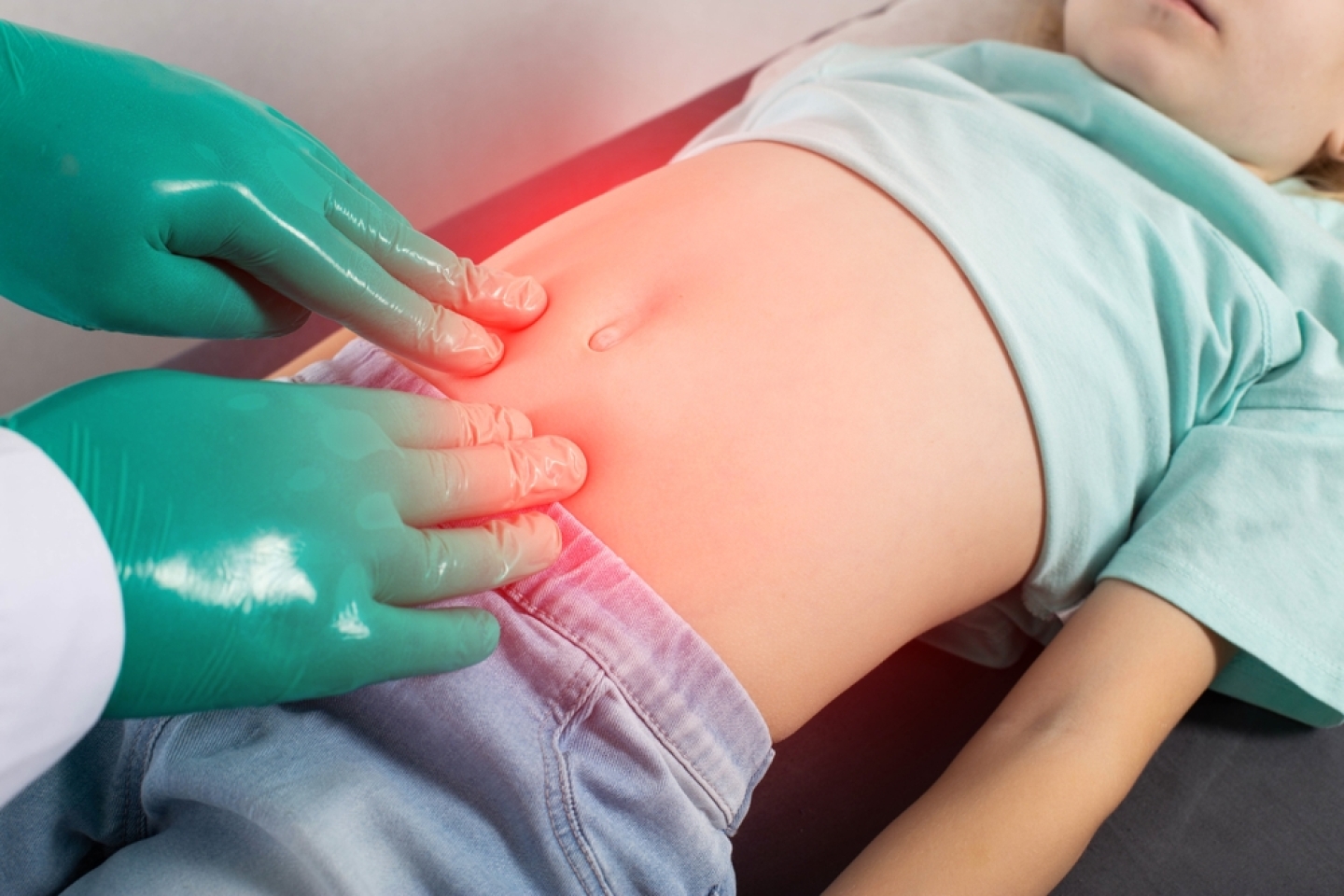
What follows is part 2 in a 2-part series. Part 1 focused on hernias in adults.
If you’ve ever experienced a hernia, you might attribute that condition to the time when you hauled heavy cartons during a move, tried your hand at weight-lifting at the gym or strained one time too many on the toilet. You even saw its telltale presence: something sticking out, usually in the groin or belly.
How surprising, then, to learn that a child can be born with a hernia, caused by an opening in the abdominal wall that should have closed during pregnancy. That’s called a congenital hernia, says Dr. Nitsana Spigland, Chief of the Division of Pediatric Surgery and Chief of Pediatric Trauma, Professor of Clinical Surgery and Attending Surgeon at Weill Cornell Medicine.
“A pediatric hernia usually occurs in the abdomen or groin when the internal organs push through that opening or weakness, creating a bulge,” she says, not unlike the adult version.
About 80 percent of hernias in babies and small children are of this type. They occur in the lower part of the abdomen, near the groin. In boys, a protruding part of the intestine may enter the scrotum. In girls, the bulge may involve the intestines, ovary or fallopian tubes, Dr. Spigland explains.
These are the second-most common type of pediatric hernia, involving the protrusion of intestine through the navel. They occur when the muscles around the bellybutton fail to close after the leftover piece of the umbilical cord falls off after birth.
These occur when the intestine or nearby fat protrudes through an opening located between the breastbone and the bellybutton.
“Hernias can be painful, especially if they persist for long periods of time,” Dr. Spigland says.
“Yes. They can potentially lead to the development of an incarcerated or strangulated hernia.
“If the contents of the hernia can’t be easily reduced with gentle pressure, the loop of intestine in the hernia sac may become extremely swollen and suffer damage,” she continues. “If that occurs, a so-called incarcerated or strangulated hernia may result, requiring immediate surgery to prevent damage to the intestine.”
With the exception of umbilical hernias, most hernias do not resolve on their own and require surgery. Says Dr. Spigland, “Surgical repair is usually undertaken once the hernia is diagnosed.” That’s the case for inguinal and epigastric hernias, as well as a less common type known as incisional hernias, which may develop after abdominal surgery.
These involve either open or laparoscopic techniques, she says. “We reduce the contents of the hernial sac—the pouch formed by the lining of the abdominal cavity as it protrudes through the weakness or hole in the abdominal wall. Then, we remove the sac and close the hole or defect in the tissues to prevent further protrusion.”
Recurrence rates are very low, she says—generally around 1 percent.
If you notice that your child has a hernia, bring them to your pediatrician’s office for an exam and possible referral to a pediatric surgeon for treatment.
To learn more about hernias in adults, see part 1 in the series here.